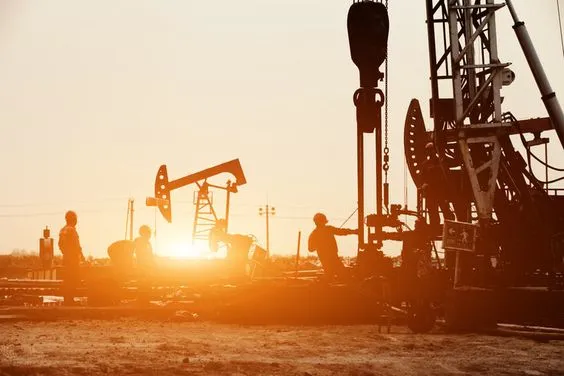Oil prices rose on Wednesday, buoyed by tight supplies and the prospect of rising demand from the upcoming start of the summer driving season in the United States, the world’s biggest crude consumer.
Brent crude futures for July rose 44 cents, or 0.4%, to US$114.00 a barrel by 0619 GMT. Brent futures gained 0.1% on Tuesday and are up for a fifth day.
U.S. West Texas Intermediate (WTI) crude futures for July delivery rose 51 cents, or 0.5%, to $110.28 a barrel. The contract settled down 52 cents on Tuesday.
Global crude supplies continue to tighten as buyers avoid oil from Russia, the world’s second-largest exporter, amid sanctions following its invasion of Ukraine, which Russia calls a “special military operation”.
France’s new foreign minister said on Tuesday she was optimistic that those still opposed to a new European Union sanctions package that would phase out Russian oil imports to the bloc could be convinced, and that the bloc would strike a deal that would have the effect of curtailing global supply.
“With explicit bans on importing Russian crude in the U.S. and UK, and oil companies reluctant to buy even without formal legal obstacles, self sanctions are still causing supply shortages,” said SPI Asset Management managing partner Stephen Innes in a note.
Keeping the pressure on Russian supply, a Biden administration official headed to India on Tuesday to talk with officials and private industry executives about U.S. sanctions on Russia, the Treasury Department said, as Washington seeks to keep India’s purchases of Russian oil from rising.
The crude supply situation is tightening as the U.S. Memorial Day weekend travel is expected to be the busiest in two years, causing fuel demand to rise as more drivers plan to hit the road and shake off coronavirus pandemic restrictions despite high fuel prices.
The expected fuel demand this weekend is appearing in U.S. inventory data. The country’s gasoline inventories fell by 4.2 million barrels last week, market sources said on Tuesday, citing American Petroleum Institute figures.
Distillate stocks also dropped by 949,000 barrels, the sources said, while U.S. crude stocks rose by 567,000 barrels.
Data from the U.S. government on stockpiles will be released on Wednesday. Analysts in a Reuters pollexpected U.S. crude oil and gasoline inventories to fall last week, while distillate stockpiles were seen up.
In China, the world’s biggest oil importer, Beijing tightened its COVID-19 dragnet, while in Shanghai authorities plan to keep most restrictions in place this month, before a more complete lifting of the two-month-old lockdown from 1 June.
“Oil prices rose as risk sentiment seems to be recovering from the recent recession fears, with China gradually easing lockdowns and the stimulus measures taken by Beijing,” said Tina Teng, an analyst at CMC Markets.








